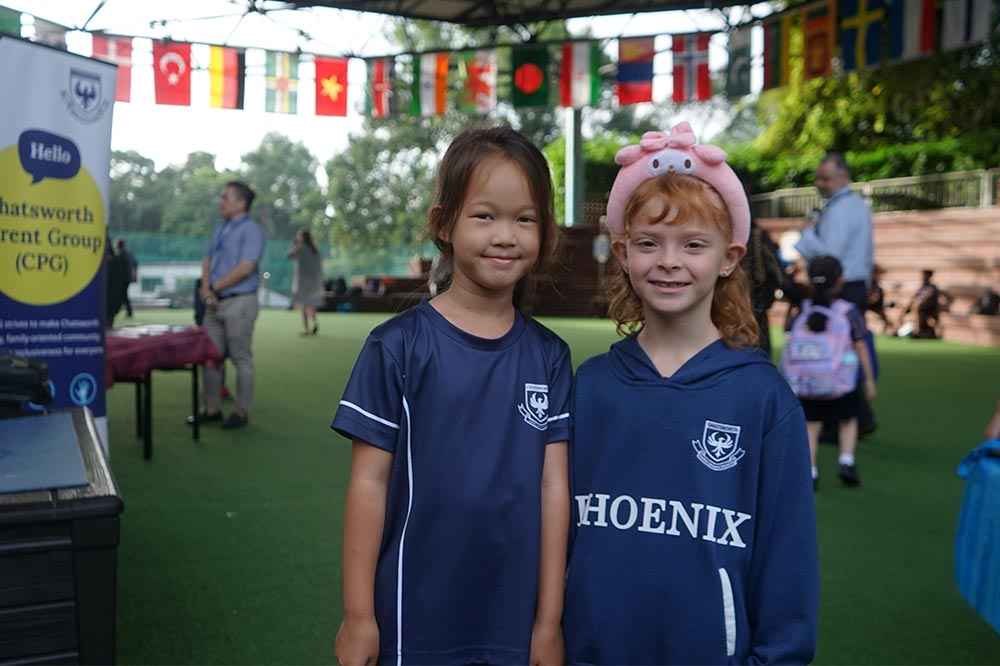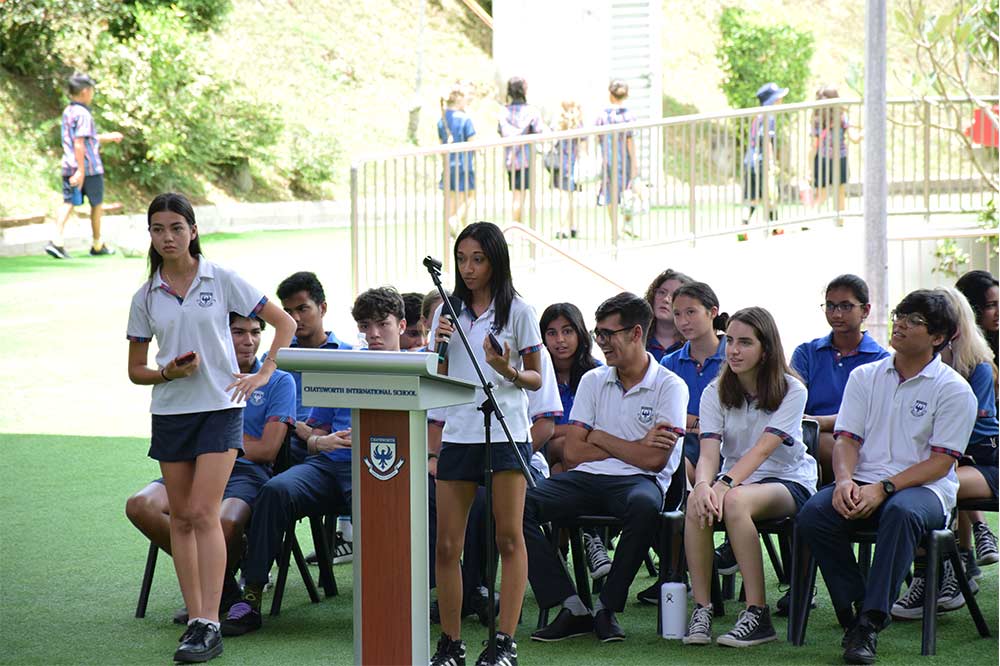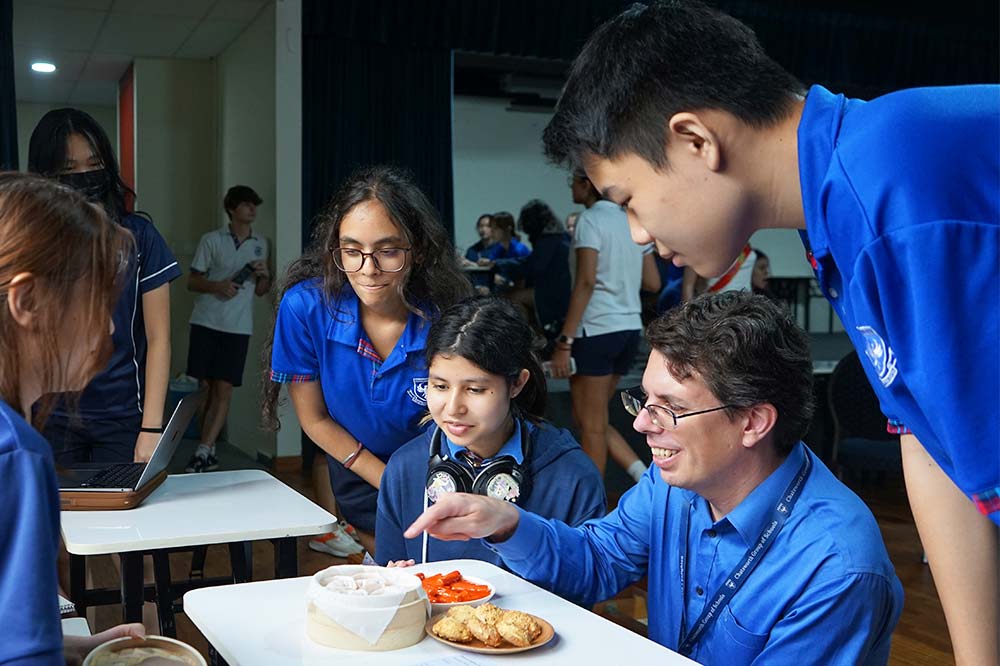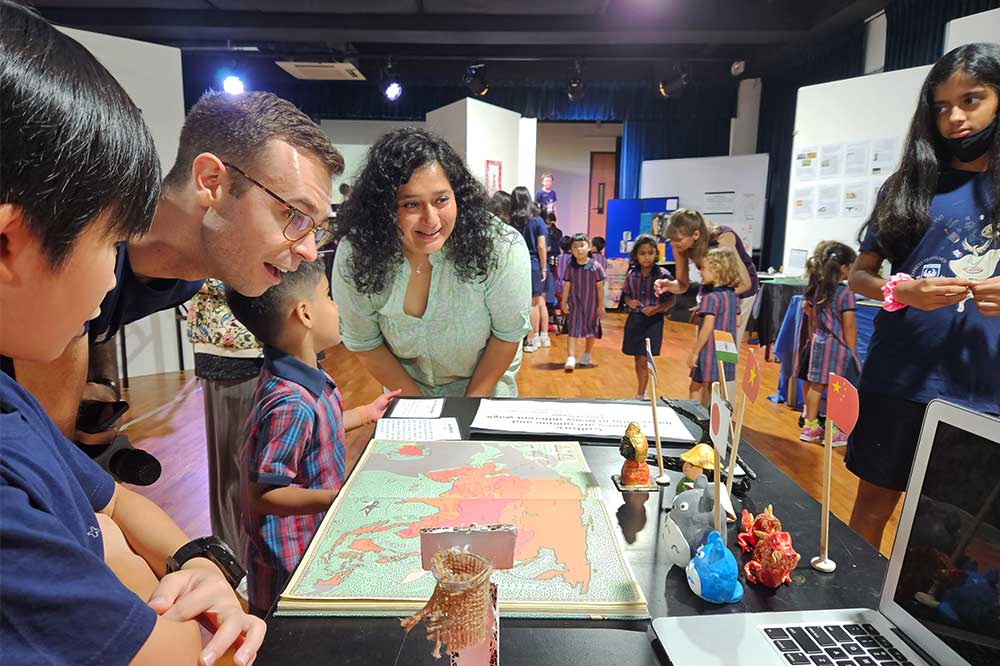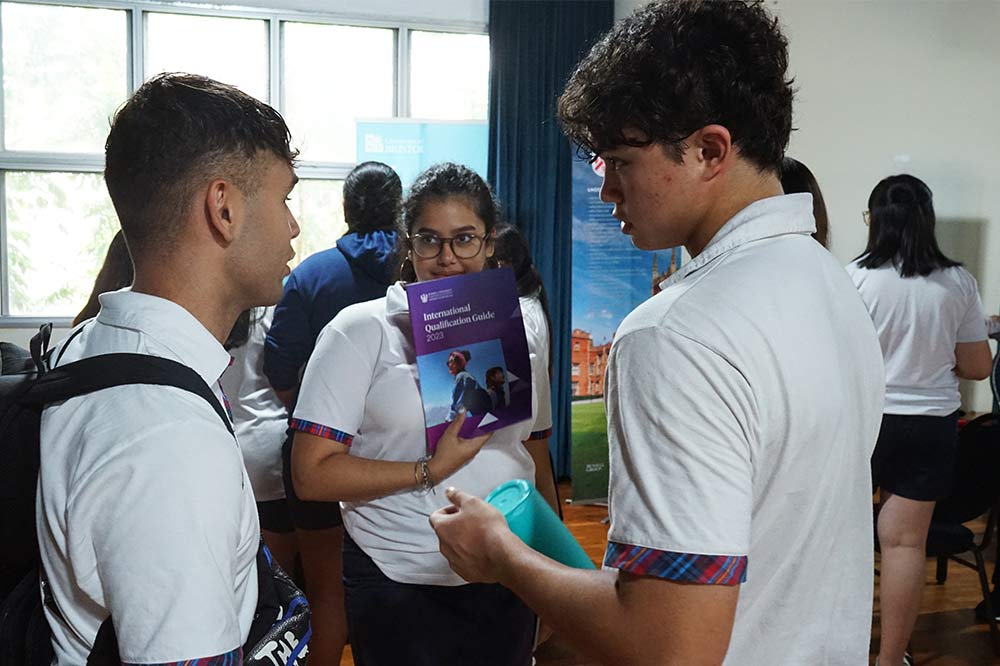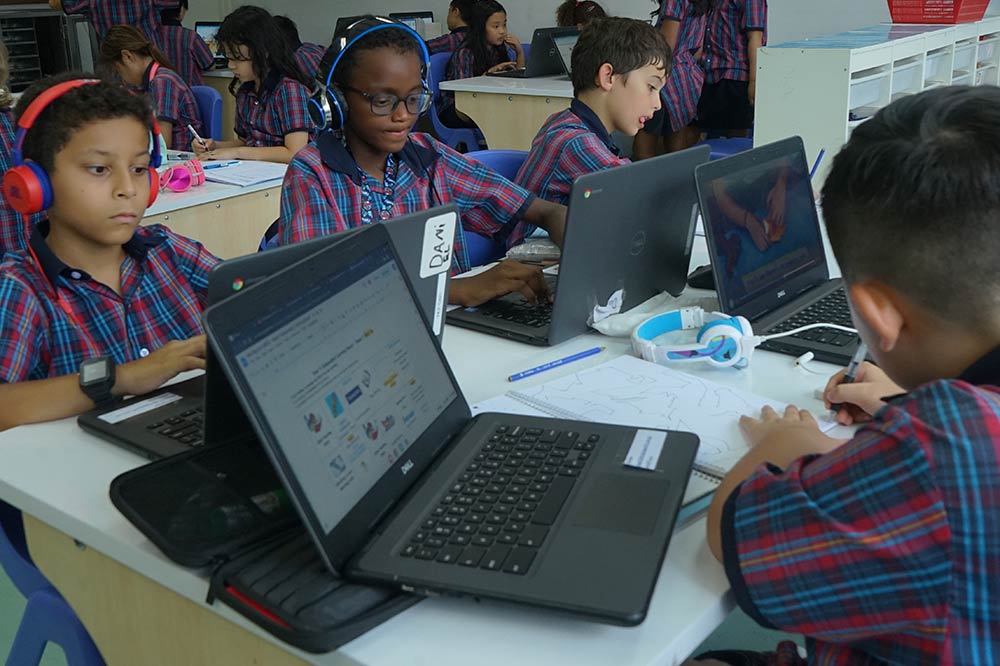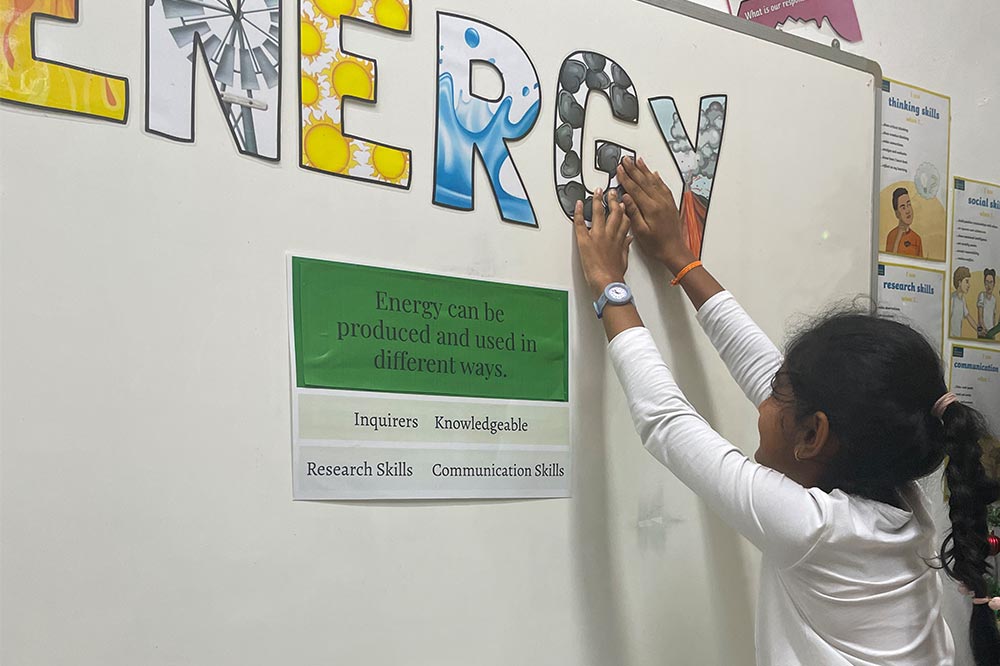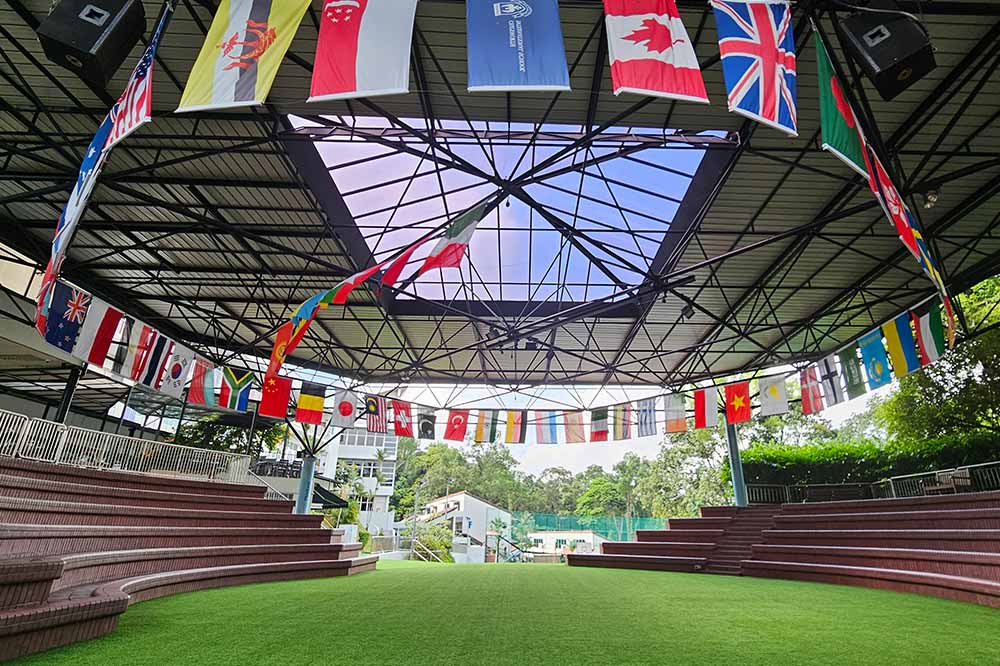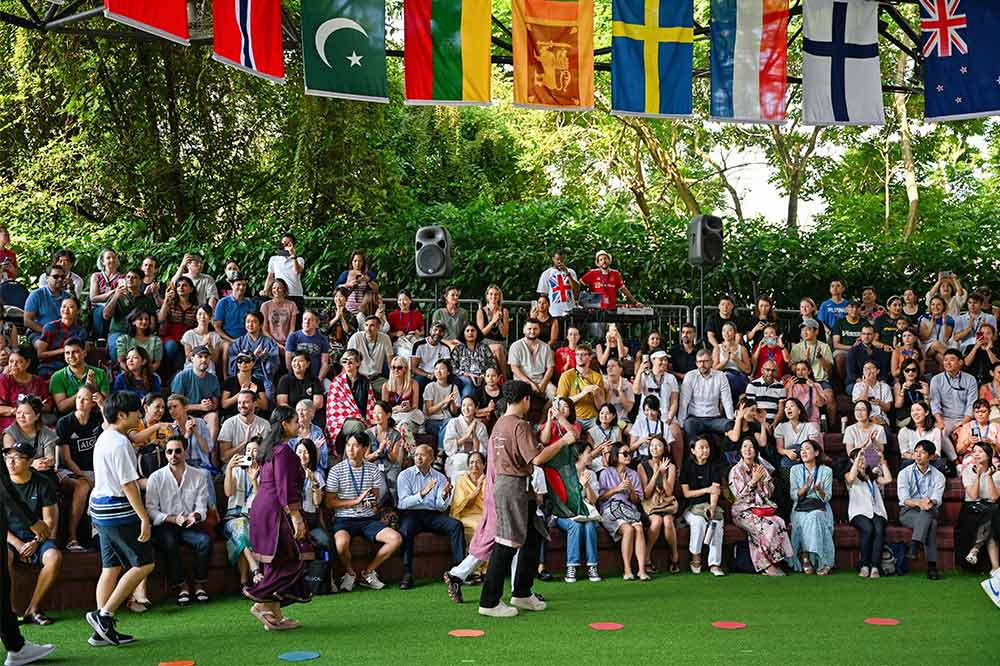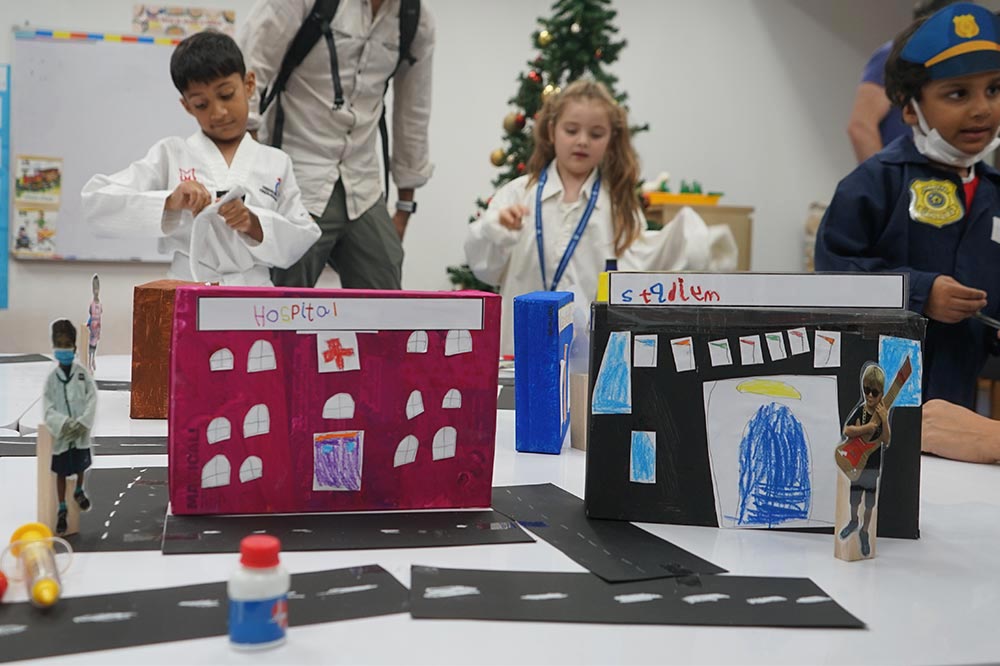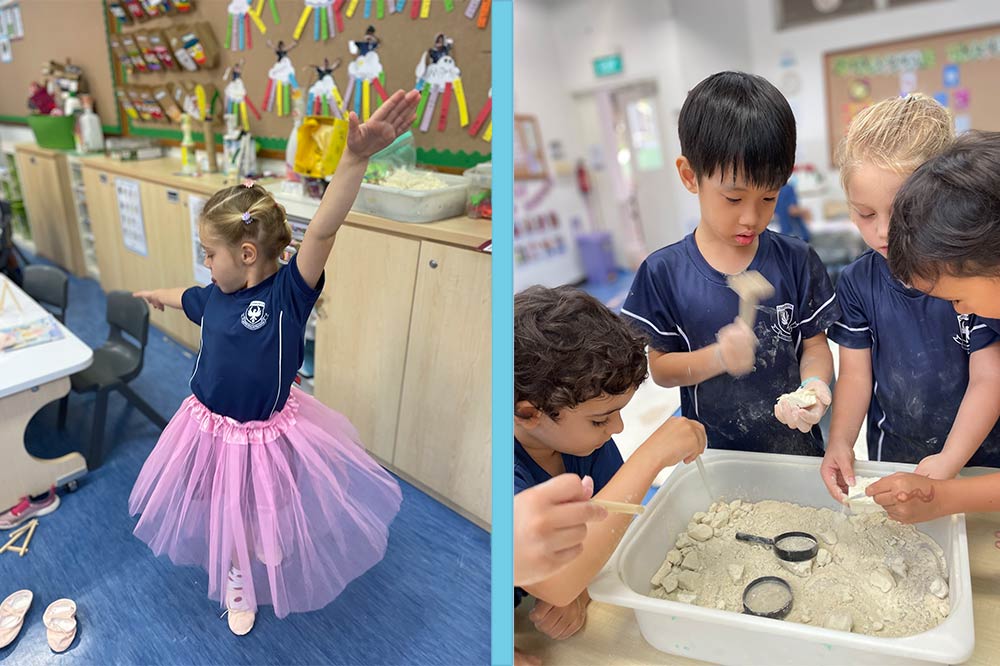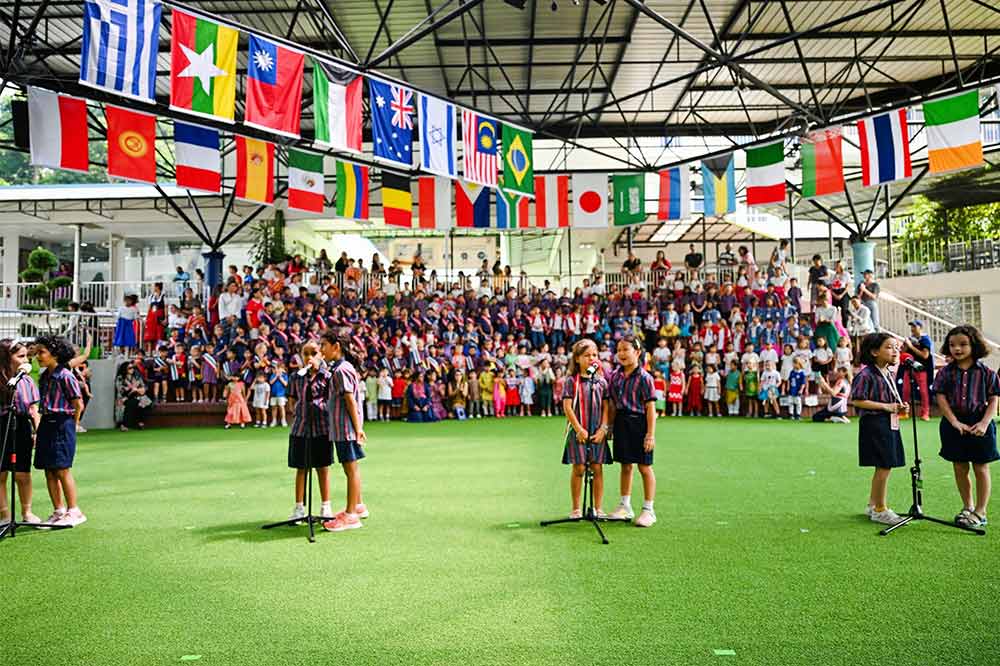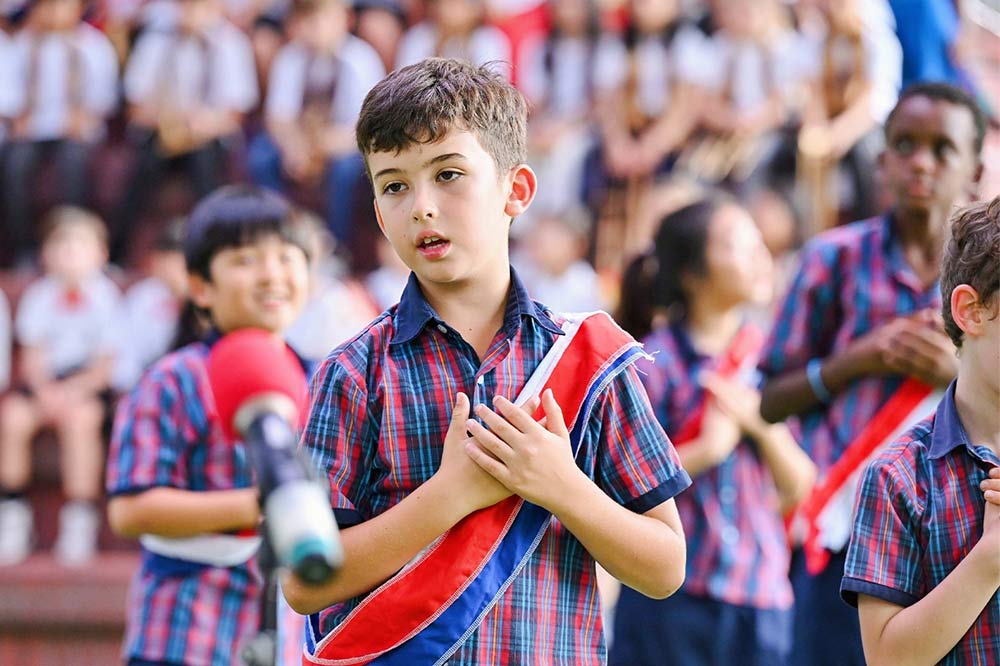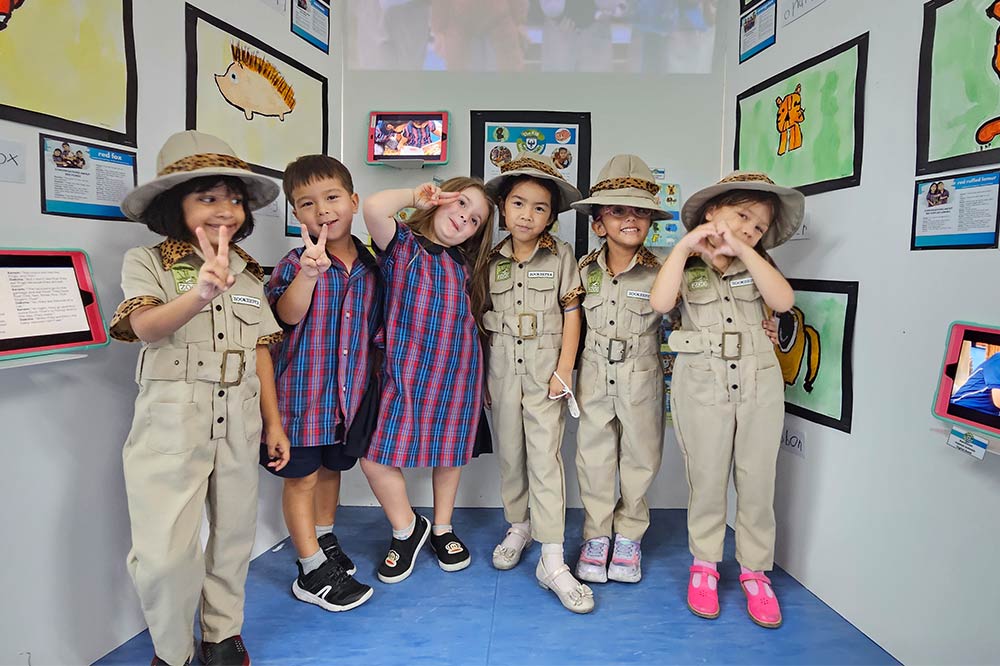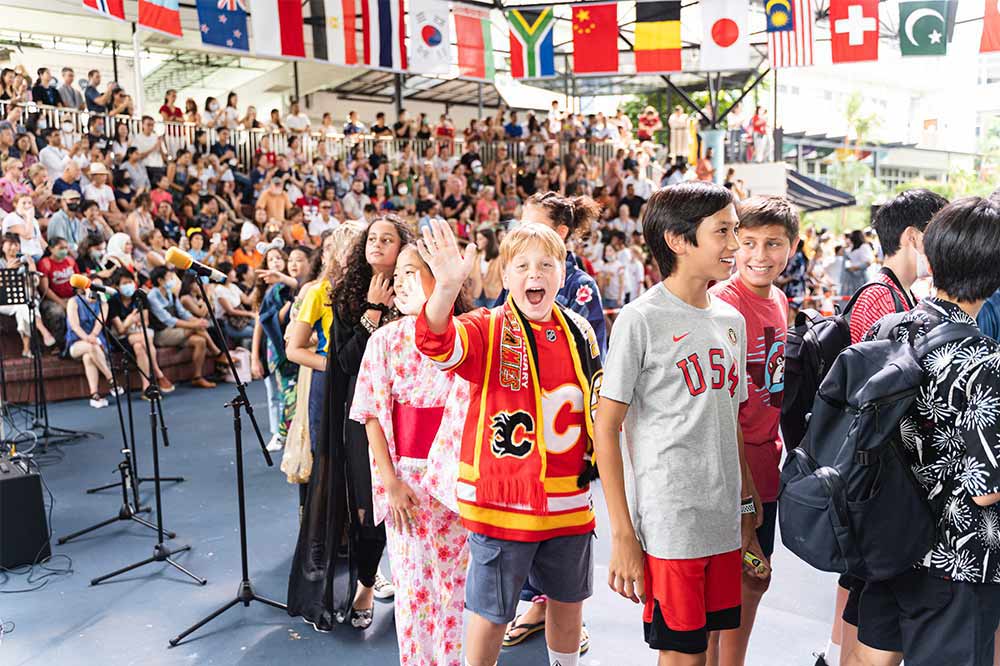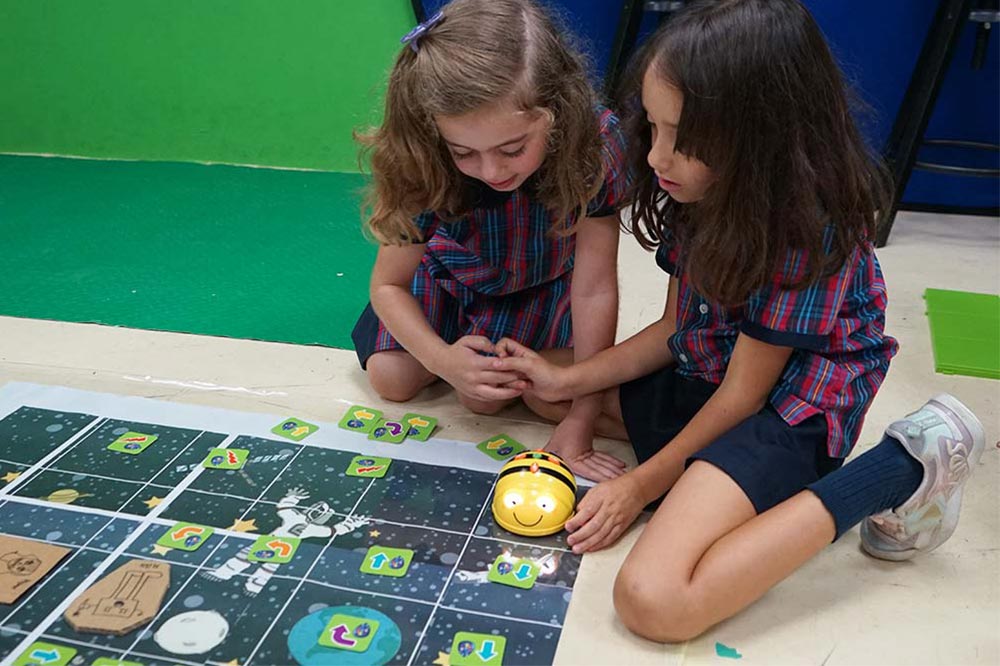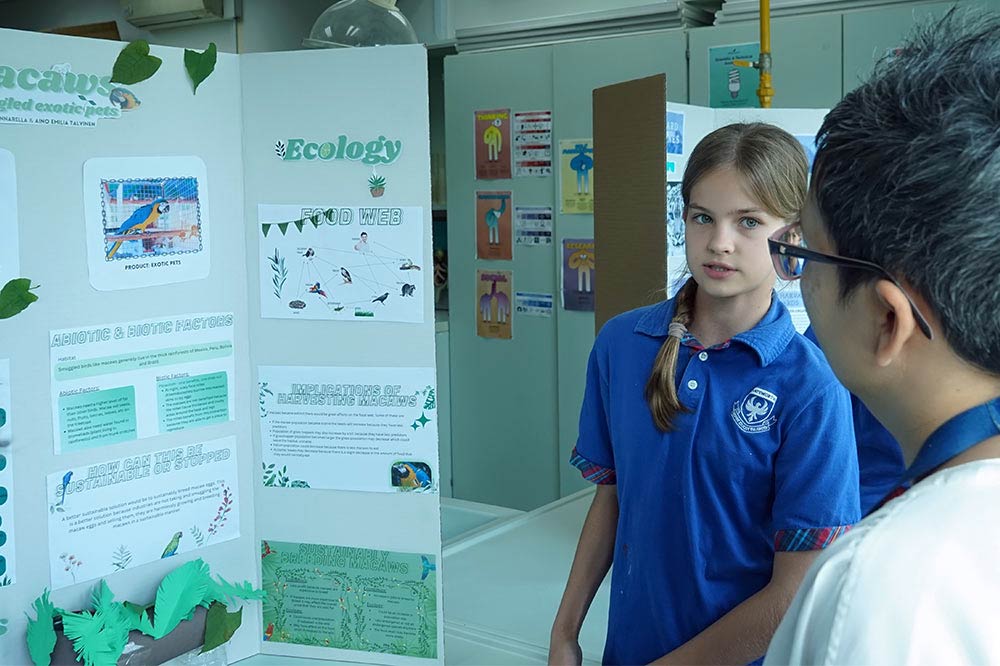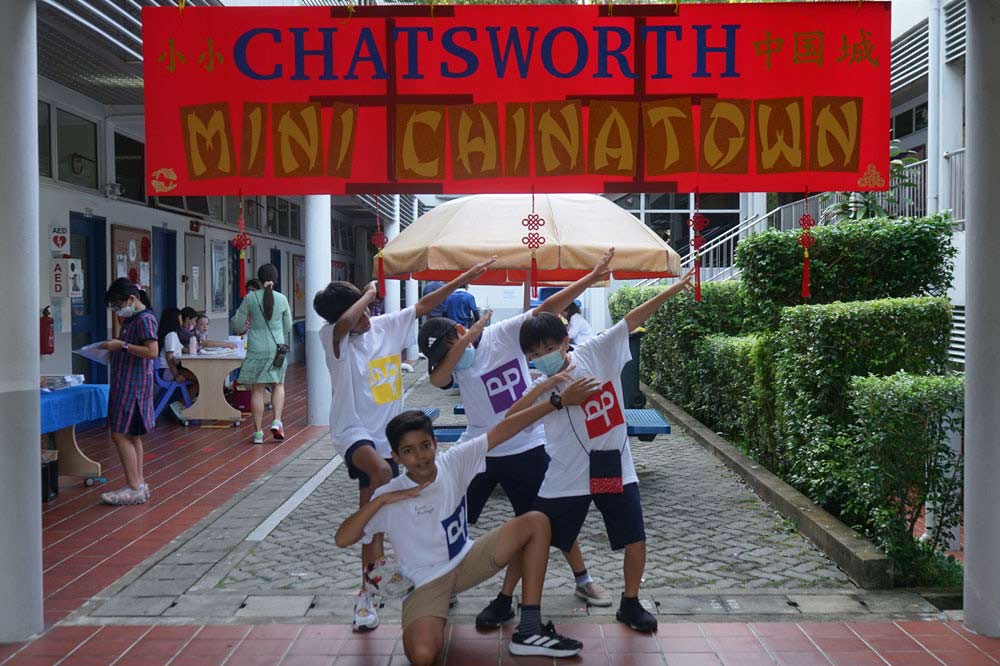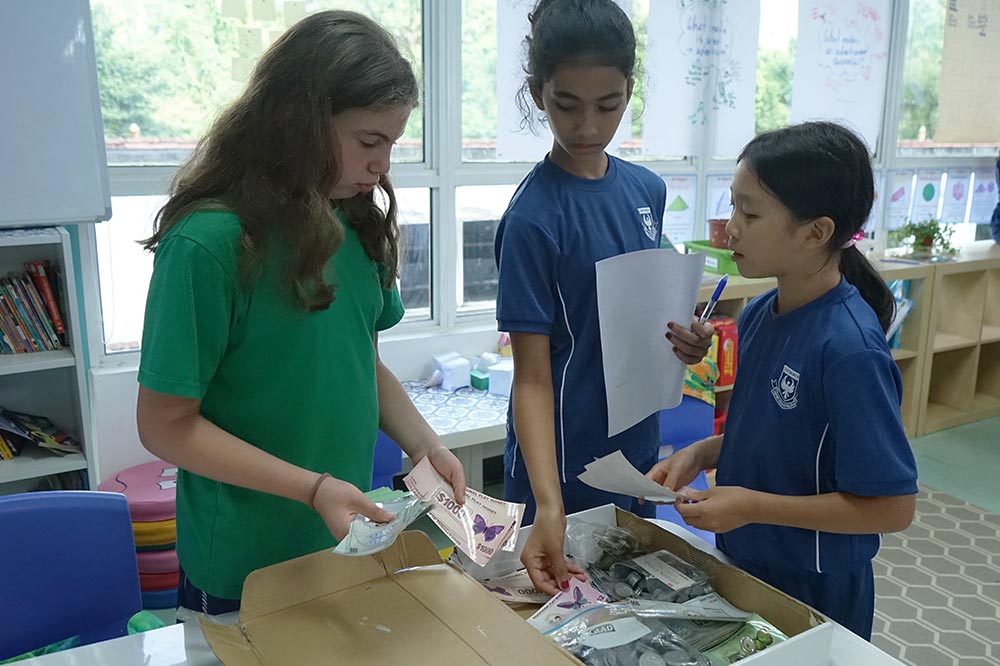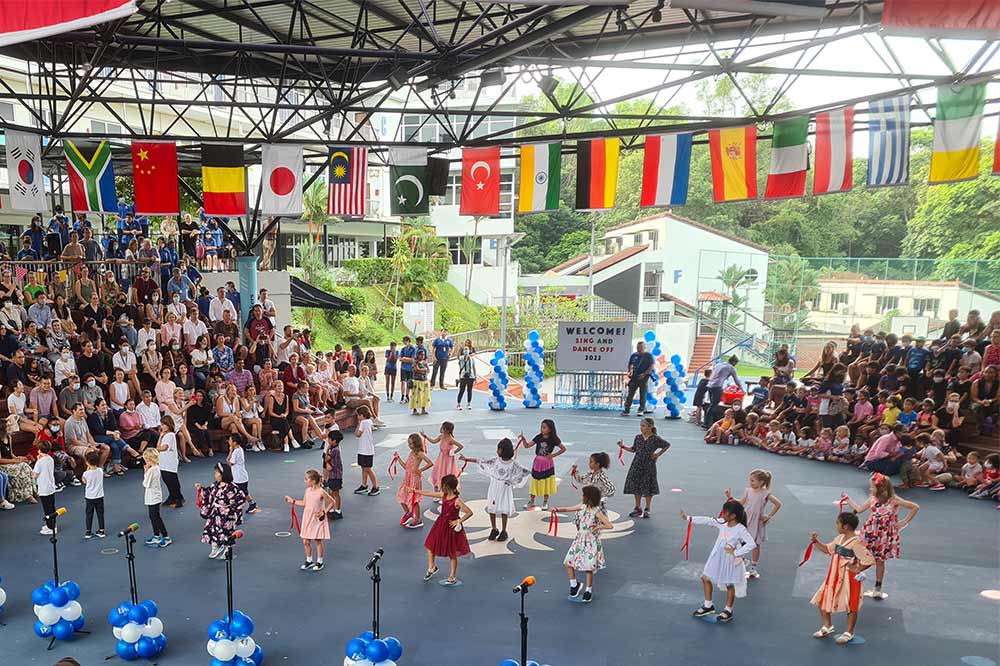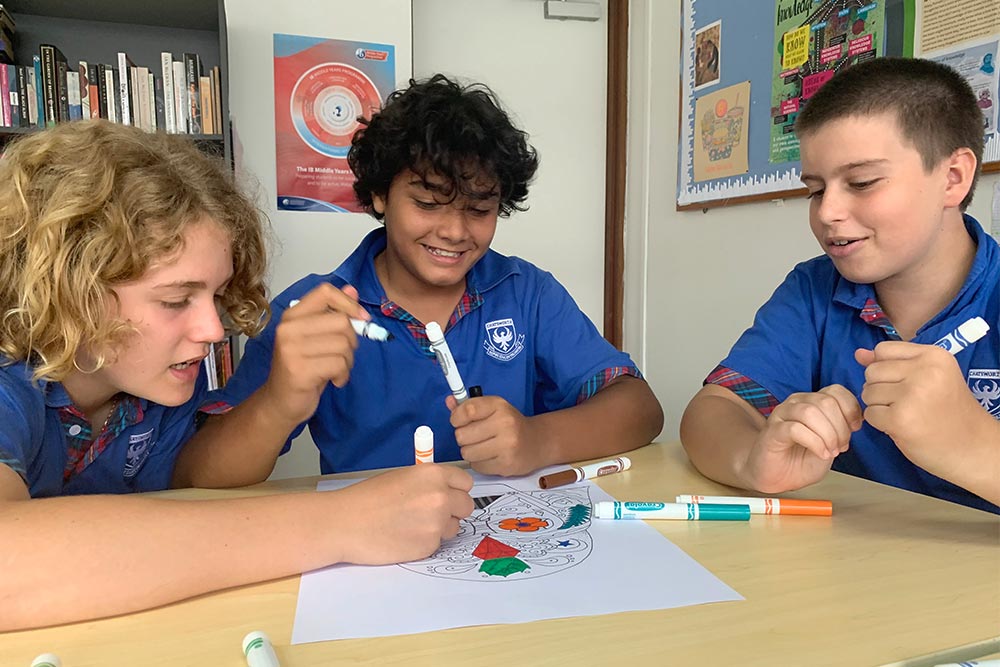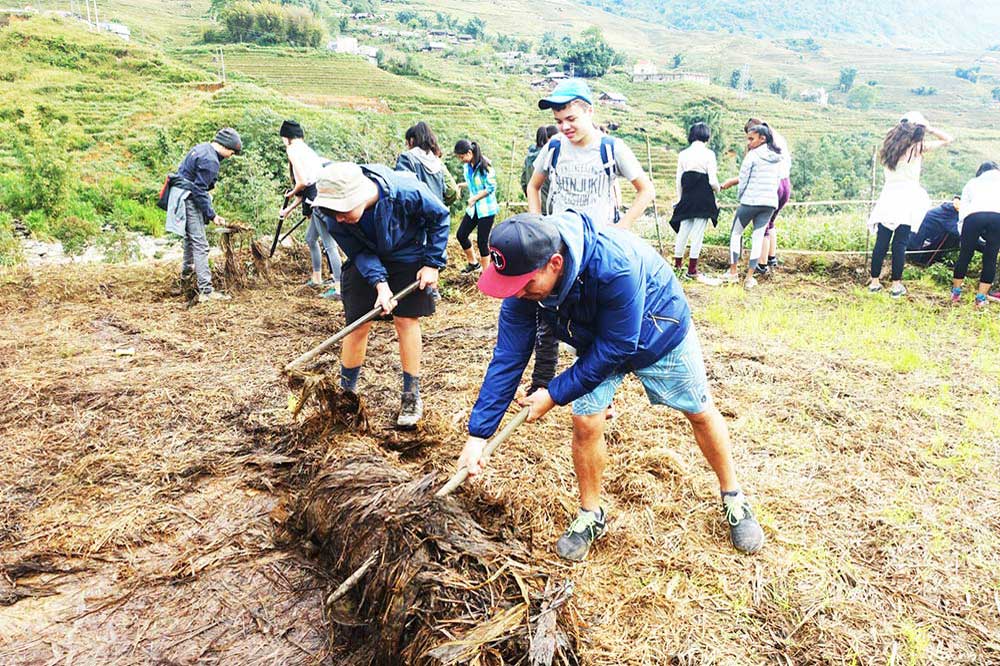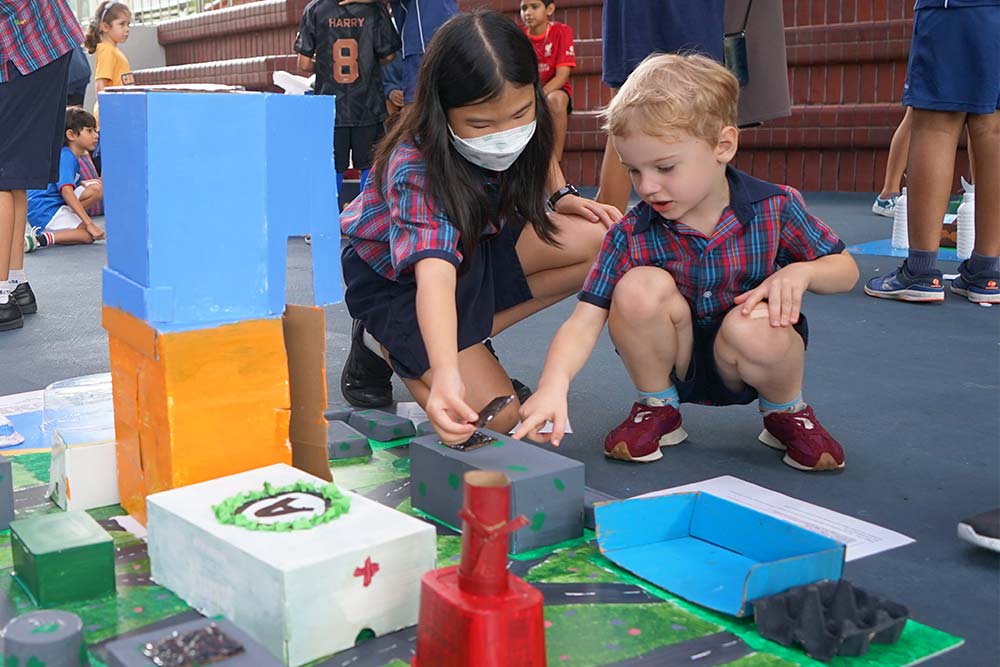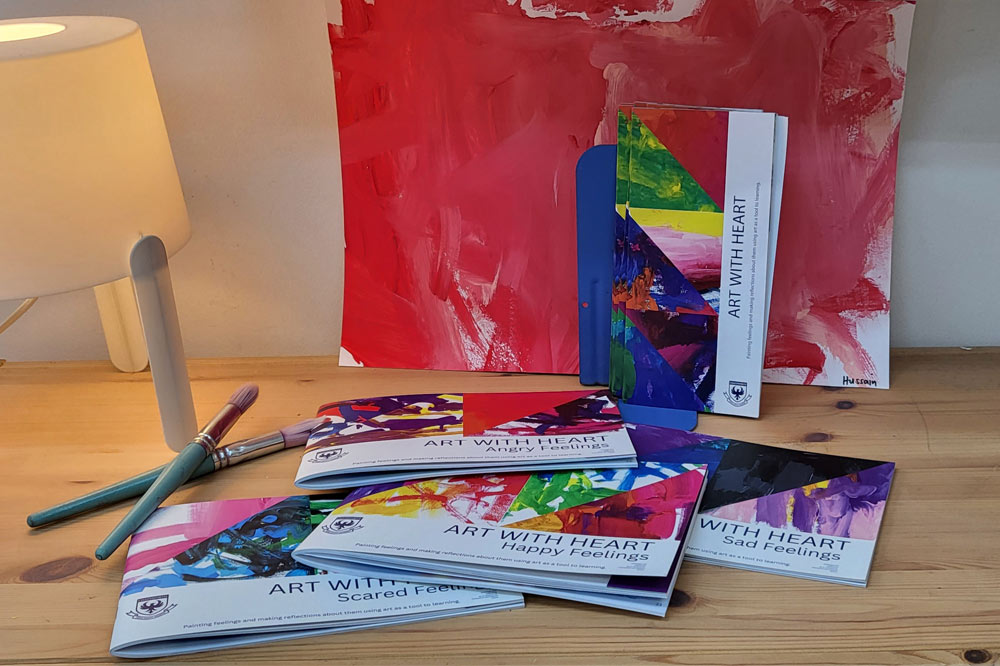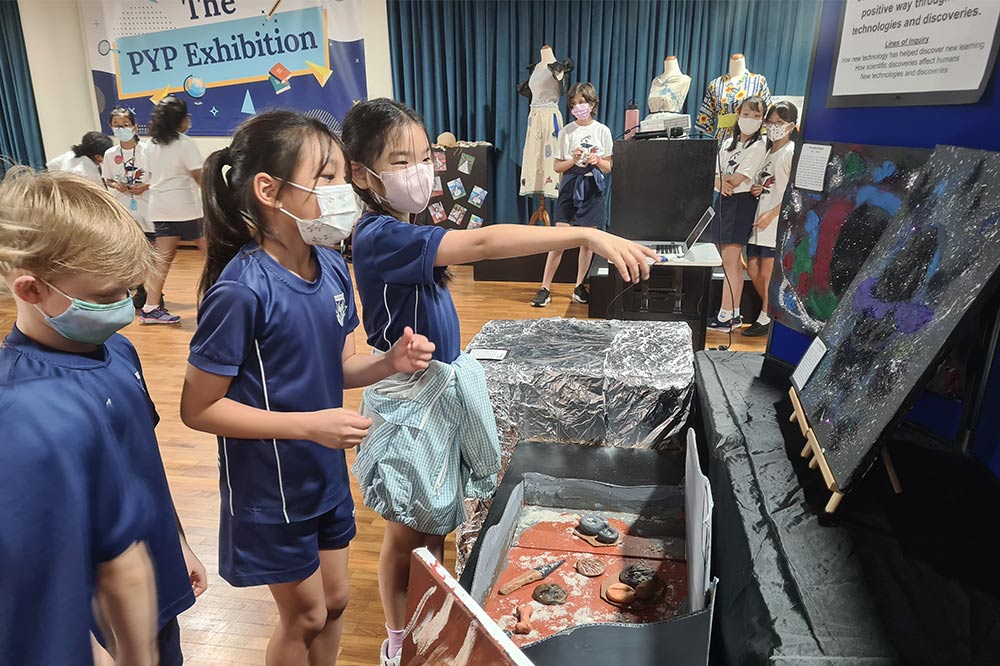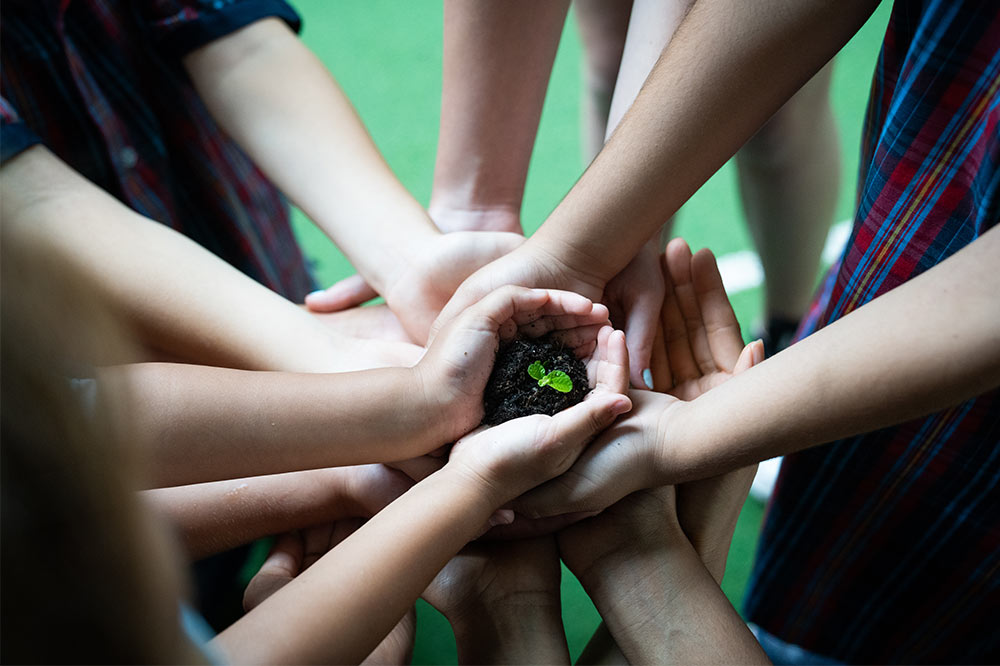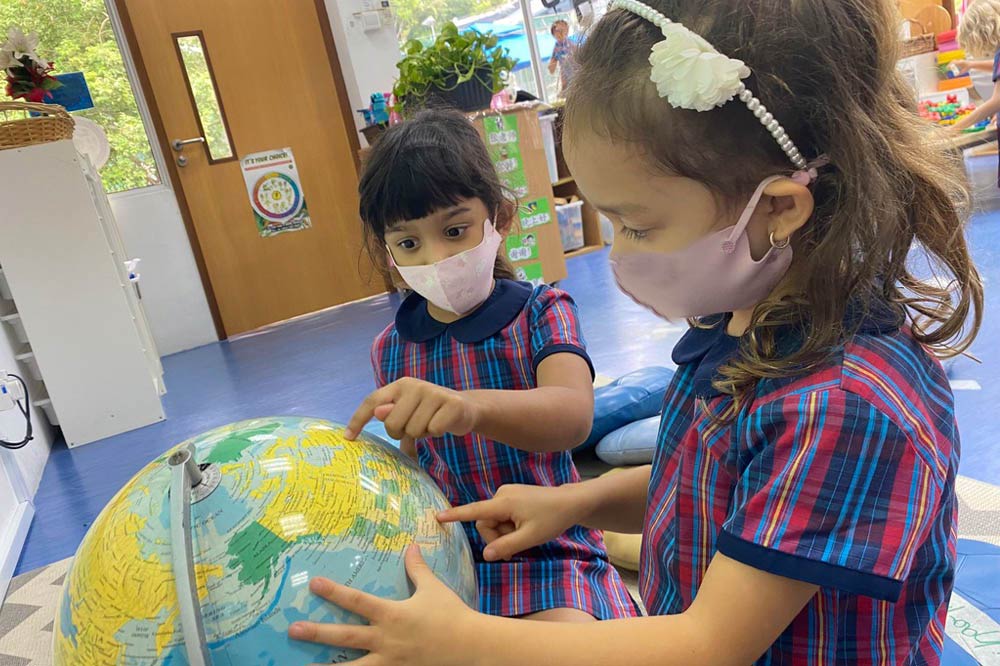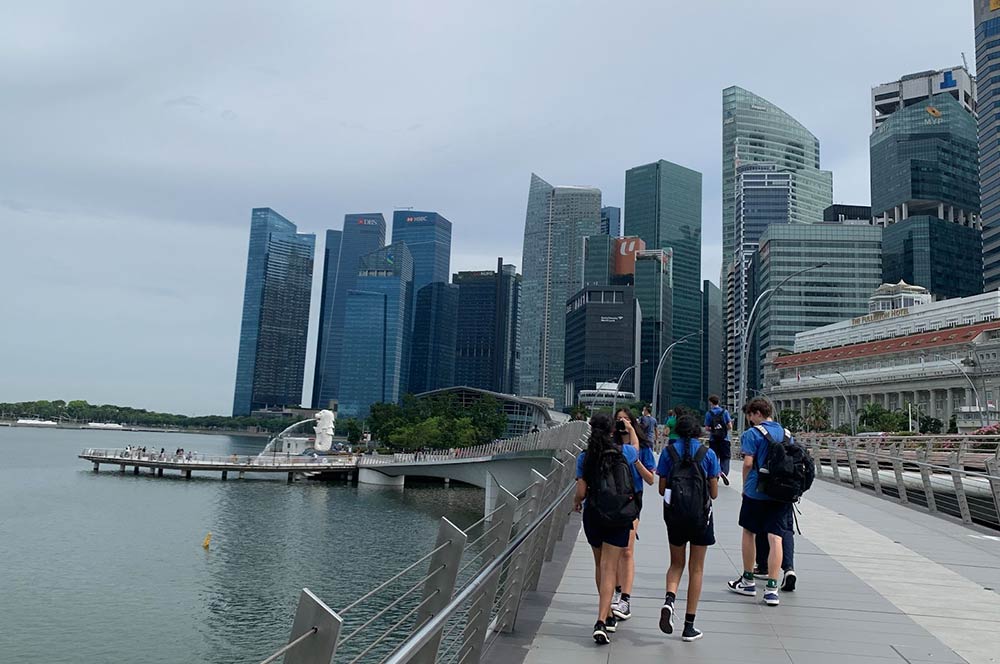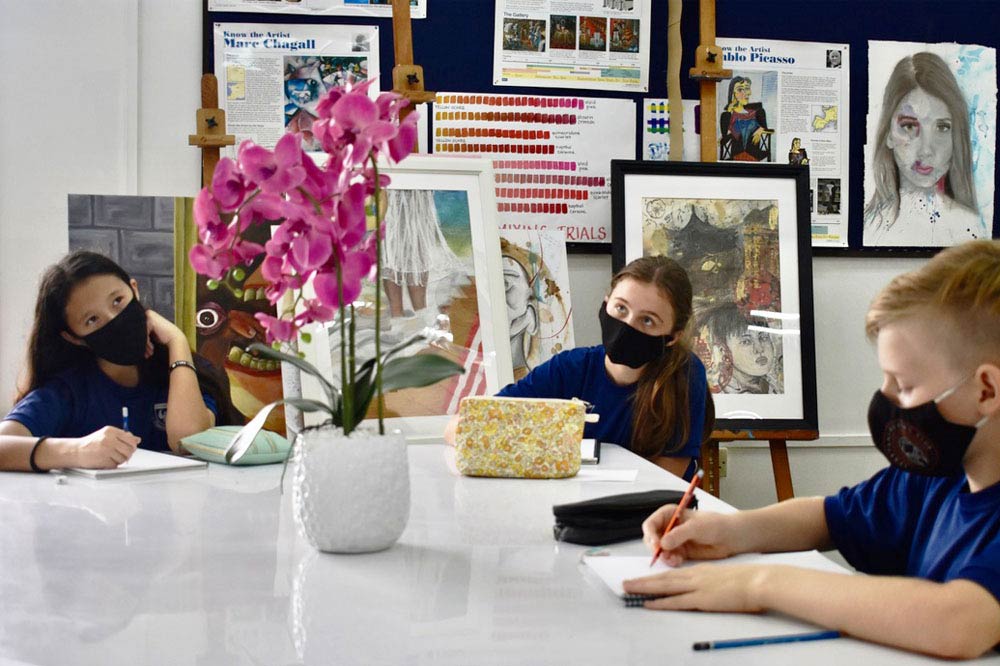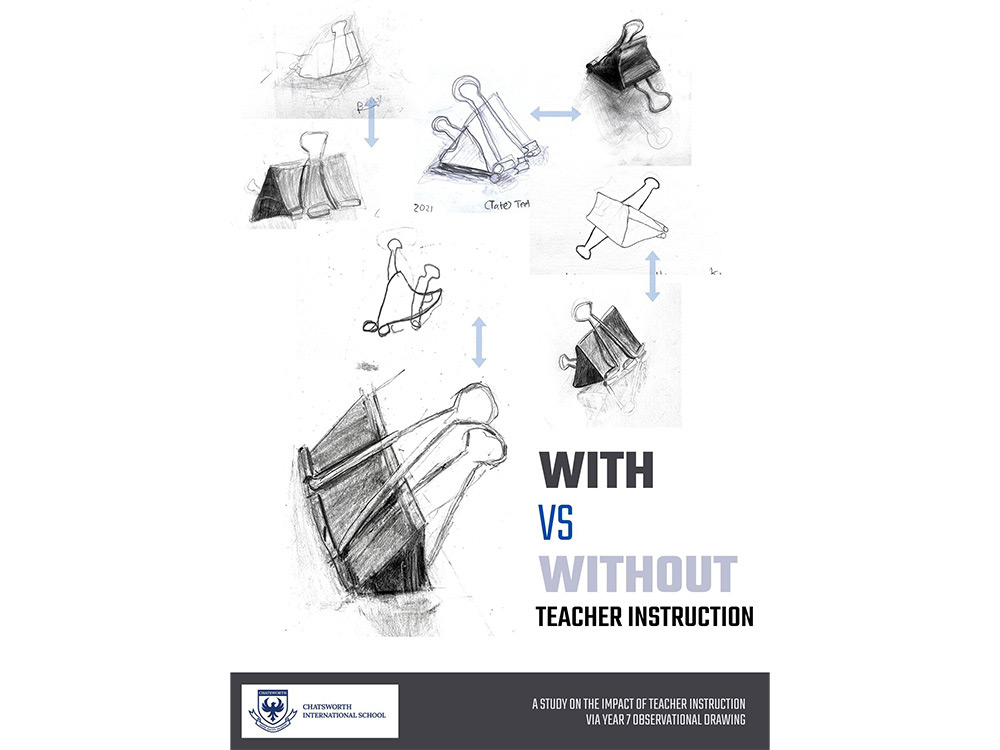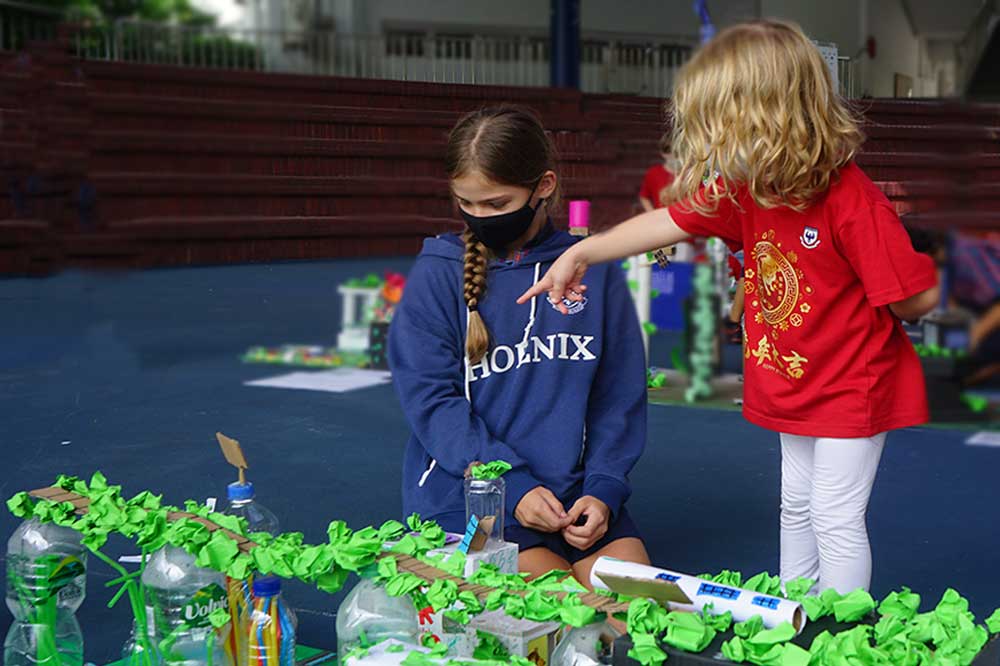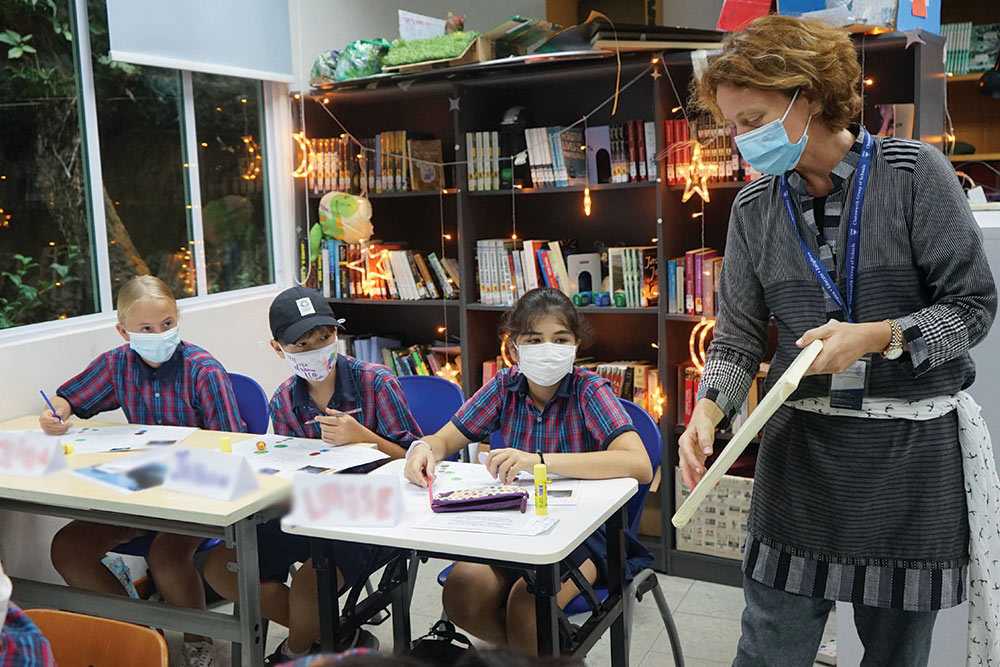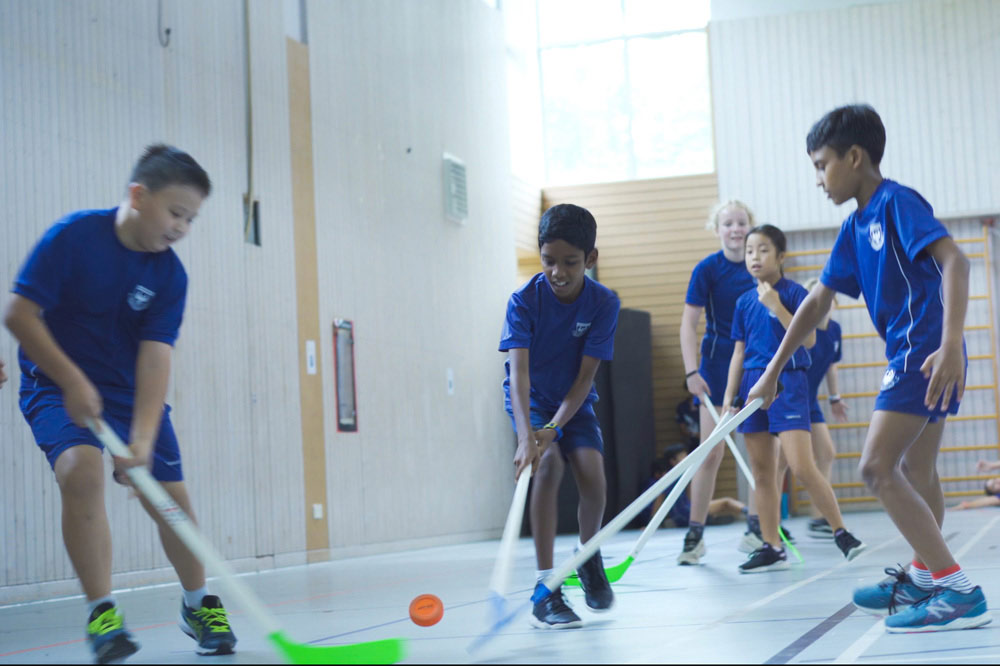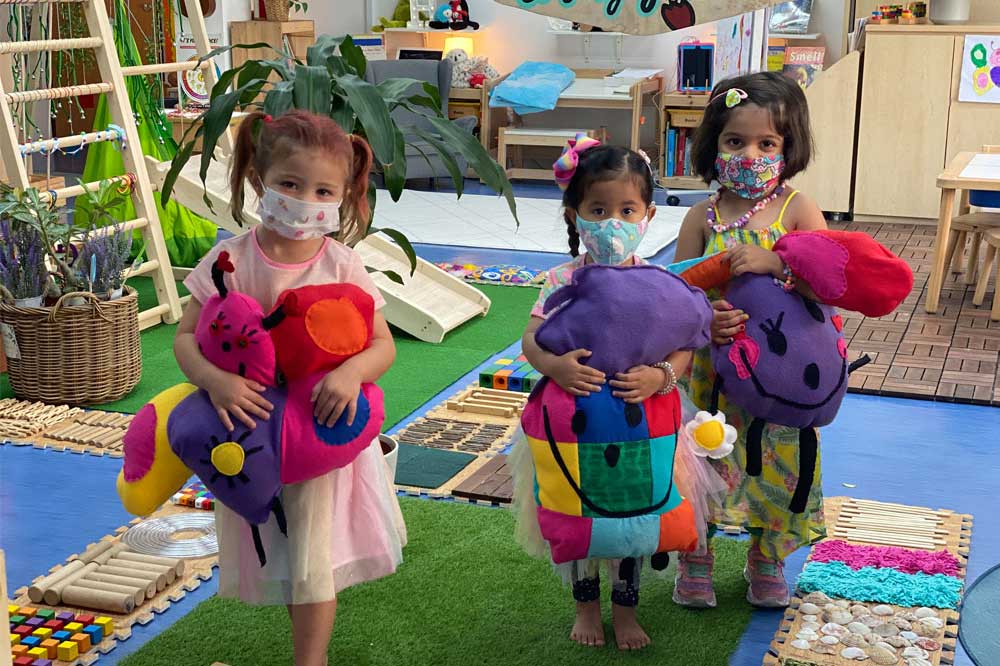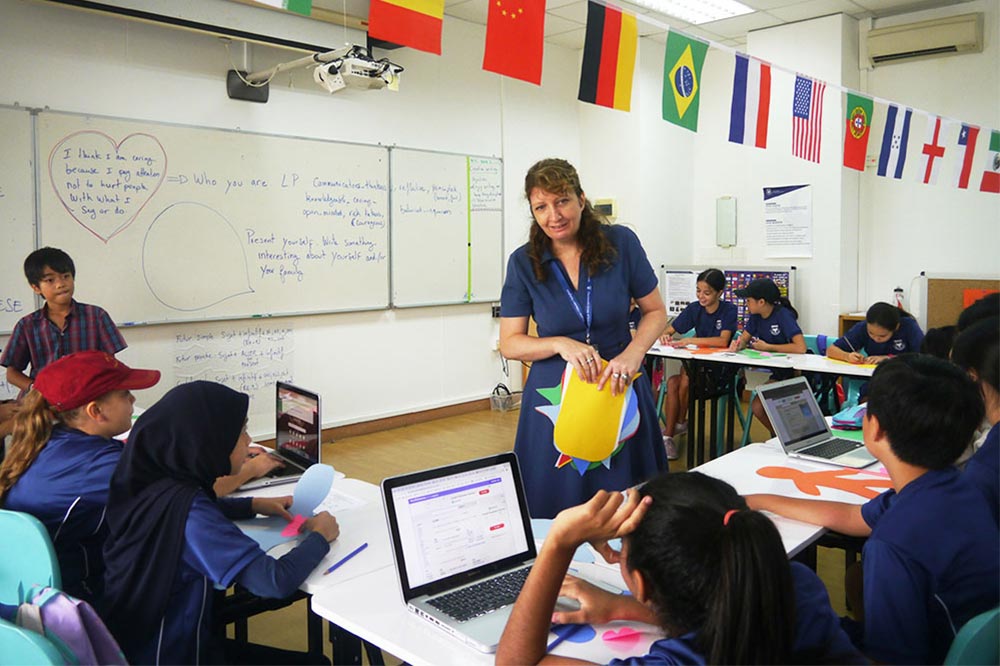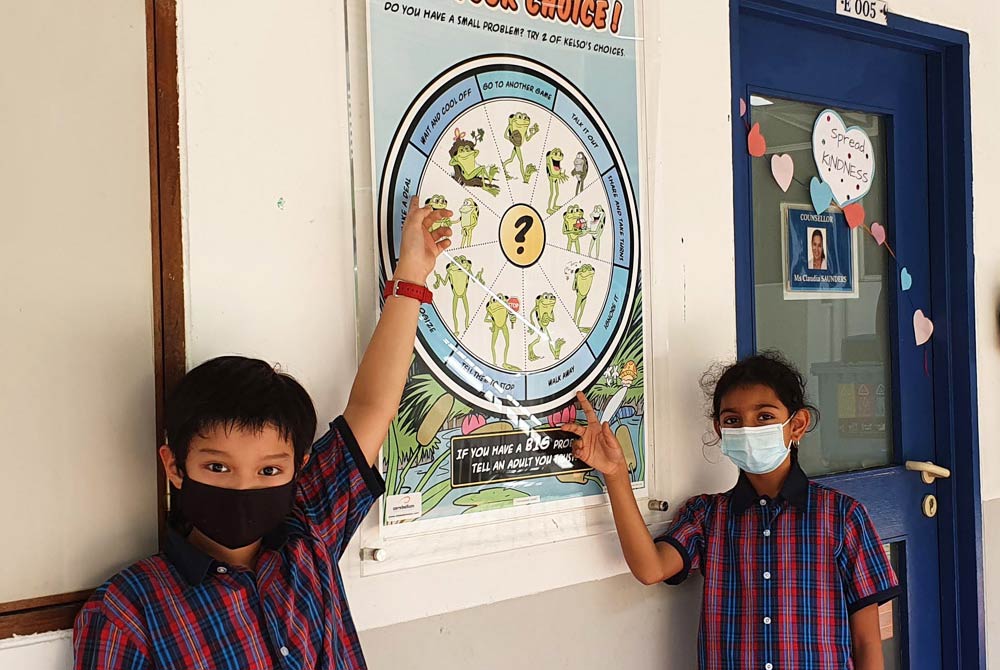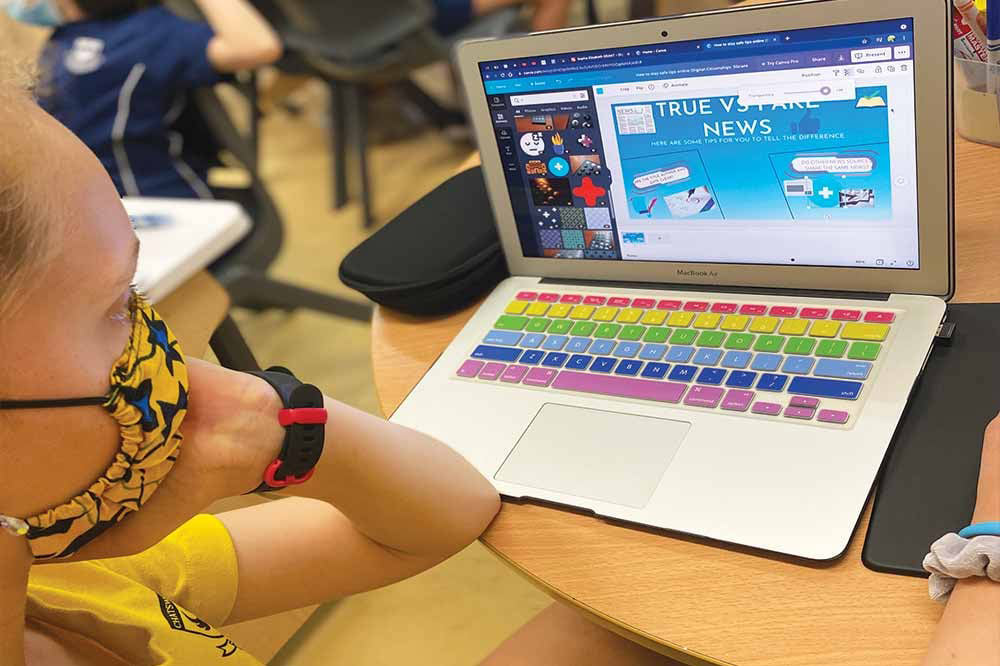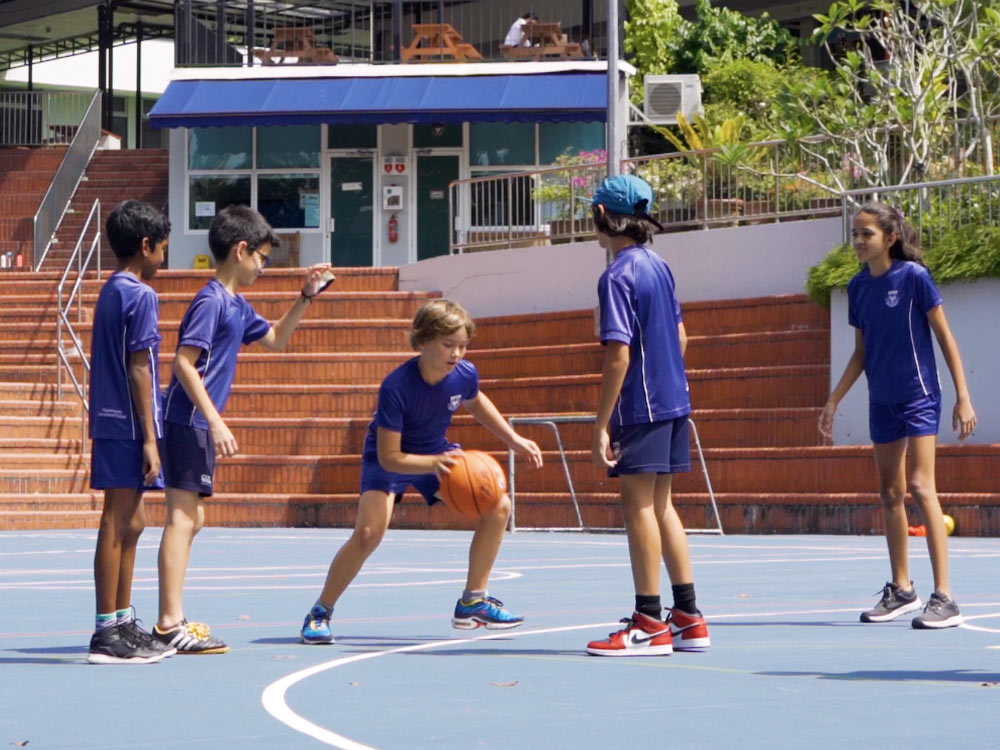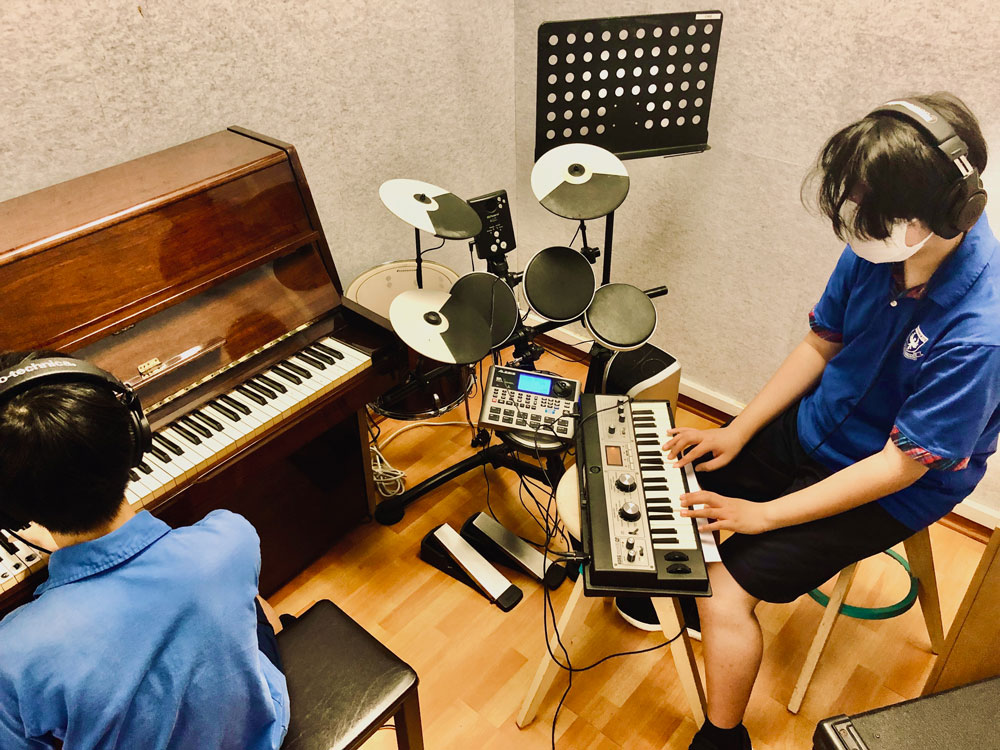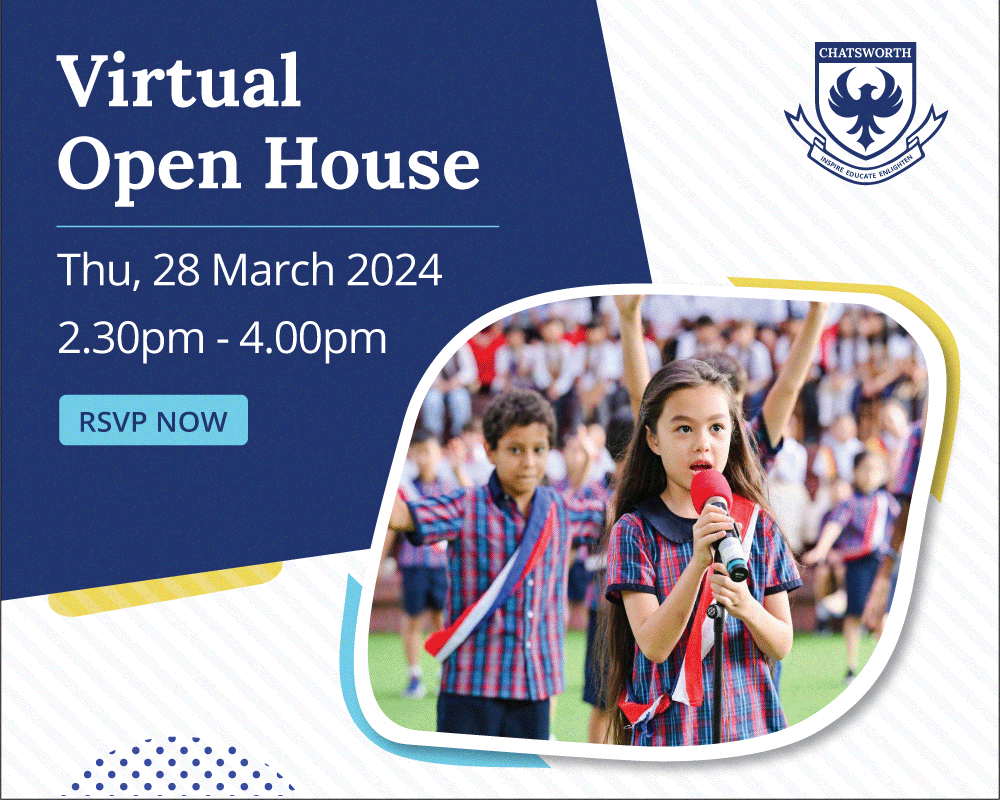Expat Students in Singapore: Navigating New Cultures and Classrooms
Moving to a new country can be both thrilling and challenging, especially for expatriate students in Singapore. This new journey will offer new experiences unique to Singapore's unique multicultural society and beautiful landscapes, and while they're no doubt exhilarating, they will also present challenges of adapting.
Your Guide to Selecting an International High School
Selecting the ideal international high school in Singapore is a pivotal decision for expatriate families, affecting not just the academic journey of their children but also their ability to integrate socially, develop personally, and seize future opportunities. Given Singapore's rich and diverse educational offerings, finding a school that aligns with your family's educational values, your child's unique learning preferences, and their future ambitions requires thorough research and thoughtful consideration.
Your Guide to International Secondary Schools in Singapore
Choosing the right international secondary school in Singapore is a significant decision for expat families. It impacts not just the immediate educational experience but also shapes the children's academic and career paths, underlining the importance of making an informed decision that aligns with the student's aspirations and potential. As we delve into this guide, we'll explore what makes a school the right fit, emphasising the broader implications of this meaningful choice on a student’s future.
Guide to Selecting an International Primary School for Your Child
Child development during the formative years lays the foundation for future learning, social skills, and overall well-being. Quality education during this critical period is paramount, as it significantly influences a child's capacity to adapt, grow, and thrive. For expat families, the stakes are even higher. The challenge of acclimatising to a new country is compounded by the need to find a primary school that not only meets academic standards but also supports the child's adaptation to an unfamiliar environment.
Why the IB Diploma is a Smart Choice for Your Teen
The International Baccalaureate (IB) Diploma Programme is a distinguished, globally recognised educational pathway tailored for high school students aged 16 to 19, renowned for its holistic approach to learning. Central to the IB Diploma's ethos is the aim to develop students who are inquirers, knowledgeable and thinkers, which is substantiated by their comprehensive approach to learning.
Embracing Technology: How Digital Tools Enhance Education
In an age where digital innovation shapes our daily experiences, the integration of technology in education has become increasingly prominent, revolutionising the traditional classroom. This transformation is particularly evident in private international schools in Singapore, where technological advancements are leveraged to empower and enhance teaching and learning of every student in their educational journey.
Empowering Learners: Co-constructing Classroom Systems for Ownership and Agency
In the dynamic landscape of education, the International Baccalaureate (IB) program stands as a beacon for fostering and empowering children to co-construct systems within the classroom, providing them with a sense of ownership and agency of the world around them.
A Guide to Choosing the Best IB School in Singapore
Selecting the right international school in Singapore is a crucial decision for expat families. It's not only about finding a place for their children’s academic learning but an environment that nurtures their growth, embraces diversity, and aligns with future aspirations.
While this vibrant city-state is known for its high standards of living and multicultural society, it offers an educational environment that is as dynamic and varied as its population. For expat families making Singapore their home, understanding the landscape of international schools is the first step.
How International Schools in Singapore Help Families Connect
Singapore, known for its vibrant expat community, offers a unique environment where families from around the globe converge. Among the many facets of this cosmopolitan city-state, international schools play a pivotal role.
These institutions are more than just educational centres; they are the linchpins in connecting these families, fostering a sense of community, and easing the transition to a new culture and lifestyle.
Navigating Global Challenges: Preparing Students for an Interconnected World
For students of today, understanding the intricacies of our closely interwoven global landscape is essential, as they stand on the cusp of becoming tomorrow's leaders and innovators. In this critical educational journey, International Baccalaureate (IB) schools in Singapore – including Chatsworth International School – are instrumental in guiding and inspiring these future global pathfinders.
Understanding Personal Inquiry and Its Importance in the Classroom
Personal inquiry is an educational approach that guides students to take an active role in their learning journey. It involves encouraging individuals to explore topics, issues, or questions that personally interest them. This nurtures a classroom environment that evokes a sense of curiosity and ownership over the learning process. Throughout the process, the uniqueness of each learner is recognised and aims to tailor the educational experience to their individual needs, interests, and strengths.
The Benefits of Diversity in Education
At Chatsworth International School we have a diverse ethnic community, which we value. As teachers it is important for us to acknowledge the importance of this diversity and harness it for the best outcomes for our students. Having ethnically diverse teachers along with students can add to the intercultural education and global understanding of students, which goes beyond any academic outcome. It would therefore ensure that education is not limited to the academic/knowledge outcomes (such as literacy, mathematics or science) but to the overall development of a global citizen; one who can c
Chatsworth Scored 2 Golds at Singapore Education Awards 2023
We are delighted to announce that Chatsworth International School has scored a Gold in the much coveted The IB Curriculum Award and School Where Everybody Knows Your Name at Singapore Education Awards 2023, organised by HoneyKids Asia.
The Power of Play-Based Learning in Early Childhood Education
In the early years, the foundation of lifelong learning is laid, often in the most subtle of ways. Traditional approaches to early childhood education have relied heavily on structured activities and rote learning. However, the concept of play-based learning offers an enriching alternative.
So, what exactly is play-based learning and why is it crucial in the formative years? Let's explore.
What are the Advantages of International Schools?
As Singapore thrives and matures into a leading epicentre of global commerce and cultural exchange, its educational offerings evolve in lockstep, reflecting a cosmopolitan spirit that's uniquely Singaporean. From the bustling heart of Orchard Road to the serene coasts of East Coast Park, this city-state pulsates with global influences. A myriad of schools, inspired by the global world philosophy, signify this evolution, offering curricula that foster a broad-minded, global outlook.
A Glimpse Into the Future of Education
In an era dominated by rapid technological advancements and global interconnectedness, the very fabric of how we teach and learn is evolving at an unprecedented rate. This digital shift, combined with a diverse global community of learners, means that the landscape of education is undergoing a profound transformation.
Ways to Overcome Academic Challenges
School life can often be a whirlwind of lessons, projects, and exams. While this academic journey is enriching, students may encounter challenges along the way. These academic challenges can range from time management issues to difficulties in understanding new concepts, and dealing with them effectively is crucial for educational success. At Chatsworth International School, we believe in empowering students with strategies to overcome these challenges and thrive academically.
Learn by Doing: Hands-on Approaches to Entrepreneurship Education
In today's rapidly changing global economy, entrepreneurship education has transformed from being a mere added advantage to an absolute imperative. While traditional pedagogical methods retain their value, they must be seamlessly intertwined with more dynamic, experiential approaches to equip students effectively for the future.
Fostering Student Agency through Classroom Economy
As educators at Chatsworth International School, we constantly strive to create an engaging and productive learning environment that promotes student agency and responsibility within our holistic IB curriculum. One innovative approach to achieving this goal is by implementing a classroom economy system. By introducing a classroom economy, we can empower students to take ownership of their learning, enhance their decision-making skills, and foster a sense of responsibility and collaboration within the classroom.
What Makes a Good International School: A Checklist for Parents in Singapore
As parents, one of the most important decisions you’ll make is choosing the right curriculum or school for your child. In Singapore, international schools are mainly set up to cater to expatriate families and thanks to their diverse, globally-minded environments, they are well positioned to prepare students for life in our interconnected world.
Preparing Your Child for Move to Secondary school: Tips from Chatsworth International School
The transition from primary into secondary school starts well before graduation from primary and those first days in August. As a community-focussed, K-13 school, Chatsworth International School regularly provides numerous opportunities for students throughout our year groups to interact and work collaboratively.
From Classroom to Community: How It Can Help International Students Learn Effectively
Imagine being able to step out of the traditional classroom setting and experience learning in a way that is both exciting and relevant. Community learning is all about connecting the dots between what students are learning in the classroom and the world around them. It's about taking the academic concepts and theories and applying them to real-life situations.
Communities of Learning at an IB School
The inquiry
As an IB school in Singapore we adopt an inquiry-based approach to teaching and learning, with a heavy emphasis on play in the early years. An inquiry approach places emphasis on “…students finding their own information and constructing their own understandings,” (I.B., 2017, p.14).
Choosing the Right Curriculum: A Guide to the IBDP and A Levels
As an educational institution, we often get asked by international students and their families about the differences between an International Baccalaureate (IB) Diploma Programme (DP) and the Singapore-Cambridge General Certificate of Education Advanced Level (GCE A-Level). Colloquially known as IBDP and A Levels respectively, both high school programmes are respected and recognised by universities globally – with some key differences.
Art with Heart Project: Learning about Emotions through Art
Art With Heart is a project initiated by the student's desire to paint as a form of pleasure, fun, and therapy. The act of painting is kinesthetic and allows the children to express their feelings, create, and share their stories. Other important benefits of painting in the early years include the development of fine motor skills, gross motor skills, eye-hand coordination, visual perception, spatial attention, and the expression of emotions. Since the start of this new academic year, painting in class was always their favourite activity.
Critical Thinking & Research Skills at Chatsworth International School
It’s no secret that our world is becoming increasingly globalised. As the world becomes more connected, it’s more crucial than ever for young people to have a well-rounded education which encompasses important life skills. In fact, qualities such as emotional intelligence, adaptability, resilience and critical skills are amongst the most highly valued skills in the twenty-first century.
How Guided Play Enhances Early Childhood Learning
It is no secret that young children learn best through play. But in today's society, there is an increasing pressure on educators to adhere to strict curriculums and academic standards. As a result, less and less time is being devoted to free play in the classroom.
Teachers as Vehicles for Resilience
If just one person in a child’s life is consistently supportive, a child is much more likely to overcome difficult circumstances...
Just one person who is enthusiastic about the child...
Just one person who lights up when the child walks into the room…
What are the Benefits of an International Based Education?
In a world that is becoming ultra-connected, it is important to get a good education so that you can be knowledgeable about the world around you. Today, schools play a crucial role in equipping students with the right tools to succeed in the future – and in the same vein, parents are also on the lookout for a school that will provide them with the best learning opportunities.
Singapore in 8 Poems: Learning about Singapore Culture through Literary Encounters
The global COVID-19 pandemic has brought us many challenges over the past two years. From health woes, prolonged absences from school and the loneliness brought about by weeks of HBL, this new world order has given many of us new perspectives on some of the pre-COVID luxuries we took for granted.
Life in an International School: How the House System Enriches Students
Take a peek into any school event at Chatsworth International School and you will see a sea of green, yellow and red. Adorned by students – and sometimes teachers and other staff, this myriad of colours signify the school house system. Established across primary, lower secondary and upper secondary levels, this arrangement is a unique and invaluable aspect of student life at Chatsworth.
What is Service Learning: Benefits and its Role in Academics
Education is not always limited to studying from textbooks. Outside of school, the world is a classroom which holds an expanse of valuable lessons and life experiences. For students, a wholesome curriculum can help them become responsible and respectful individuals – and one of the best ways is through service learning.
In essence, service learning is deeply rooted in community building. For example, activities are centred around encouraging civic-centric engagement such as community outreach theatre and recycling programmes.
Easel Up: Why Art Education is Important in a Holistic Learning Journey
Not long ago, art education was considered as a leisure activity – something to be enjoyed as a hobby or to while away time. Today, art has become an important part of our everyday lives. We see it in the clothes we wear, the dishes we tuck into, and the technology we use.
Observational Drawing - teaching students how to see like an artist
Over the course of my career teaching the visual arts I have come to be more judicious about telling students to “draw with your eyes, not with your hand”. One must be mindful of direct translation, especially in a non-native English speaking environment. What I am trying to convey to students is to draw what they see, not what they think they see. In other words, to ‘draw’ with their eyes, not with their minds.
Mother Tongue Programme: Teaching Literature in a real-world context
Because literature is a reflection of humanity, one of the questions teachers always ask themselves is, what lifelong learning do we want students to gain from the study of one text?
Life Skills in the Pastoral Programme
What does the future hold for us all? People who asked this question in the early 1900s certainly did not do too well with their predictions. Answers such as moving sidewalks, living in floating airships and tomatoes becoming square fell very wide of the mark. When we are asked to give our predictions of what the future holds for our children/students we are also likely to be as incorrect as the people of the early 1900s.
How Chatsworth International School Inspires, Educates and Enlightens
Tucked away amid lush nature and serenity, Chatsworth International School is a conducive place for students to learn, explore and grow. Close to the city centre, yet far away from the drab of the concrete jungle, it provides a nurturing environment for all.
Primary to Secondary School Transition at Chatsworth International School
For both students and parents in Singapore, the transition from primary to secondary school is a time of excitement and apprehension. As your child walks through the door on the first day of secondary school, they will encounter new surroundings, unfamiliar faces and possibly different curriculum and school subjects.
Words from an International School: Building Resilience through Sports
When we think of resilience, we think of situations where people have shown extraordinary bravery or can take on hardships. The fact of the matter is that resilience is commonplace – being able to accept failures or having the grit to try again. For children, the ability to bounce back from anything probably also means that they will grow up to be confident and successful adults.
The Teddy Bear Factory
Do you remember playing with your favourite childhood toy or teddy bear?
Global Citizens in the Making: The Role of Learning Languages
The last two years have certainly proven that the landscape of work can very rapidly shift in ways that none of us, save a sci-fi author here and there, would have anticipated. Fortunately, conversations regarding the relevance of current student learning to their future needs have been a hot topic for the past couple decades already.
Problem Solving in International Primary School
Chatsworth International School places importance on empowering our students to be inquisitive and responsible. We have adopted techniques into our curriculum and identity to give students the tools to become proficient problem-solvers starting from preschool education and later, in all aspects of their lives.
Digital Literacy in an International Primary School in Singapore
Digital technology has become an intrinsic part of society. At Chatsworth International School, our focus is creating a modern 21st-century classroom by integrating technology into the learning process in a balanced way.
Mental Health & Wellbeing in International Schools in Singapore During COVID-19
In their flagship report, The State of the World's Children 2021, UNICEF indicates that the pandemic has affected children in ways we are yet to understand fully. For this reason, parents must take their children's mental health seriously, and in this article, we look at how you can help your children through these difficult times.
Incorporating Technology for a Contemporary Music Diploma Course
If you were to pass by the practice rooms of Chatsworth International School’s music department you might find - alongside traditional instruments such as pianos, guitars and drum kits - an increasing number of students working with music technology; magic boxes of keys, lights and sounds that are the de facto instruments of music creation in modern music. Electronic drum machines, beat pads, Midi Production Centres, DJ Mixers, Samplers, Effect boxes - these assorted technological instruments interact with student Macbooks and analogue instruments to help create modern, relevant music.

